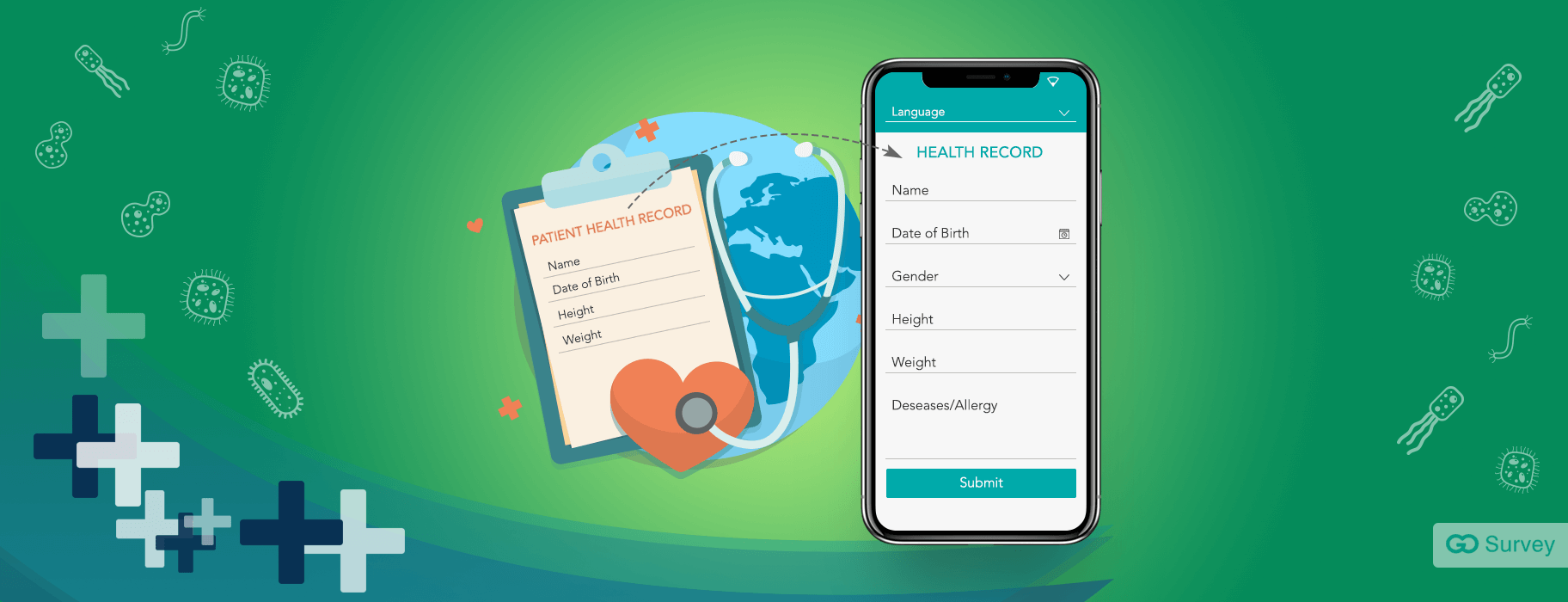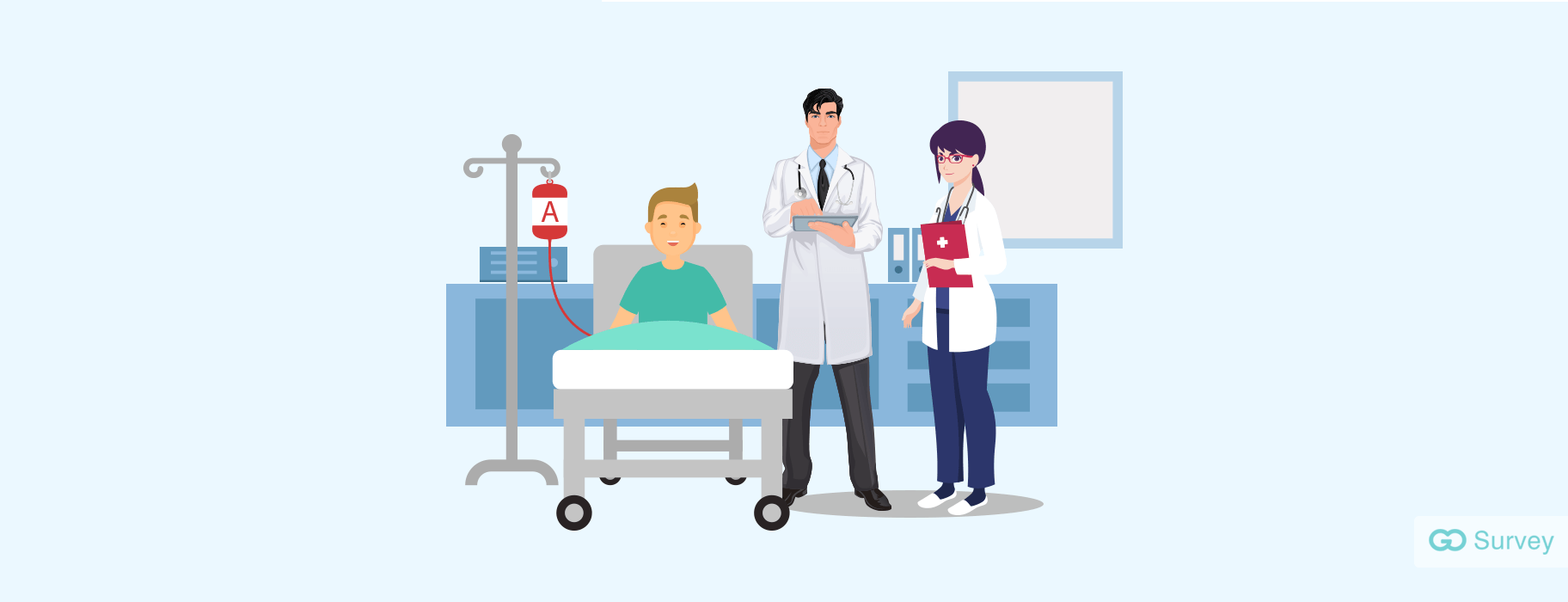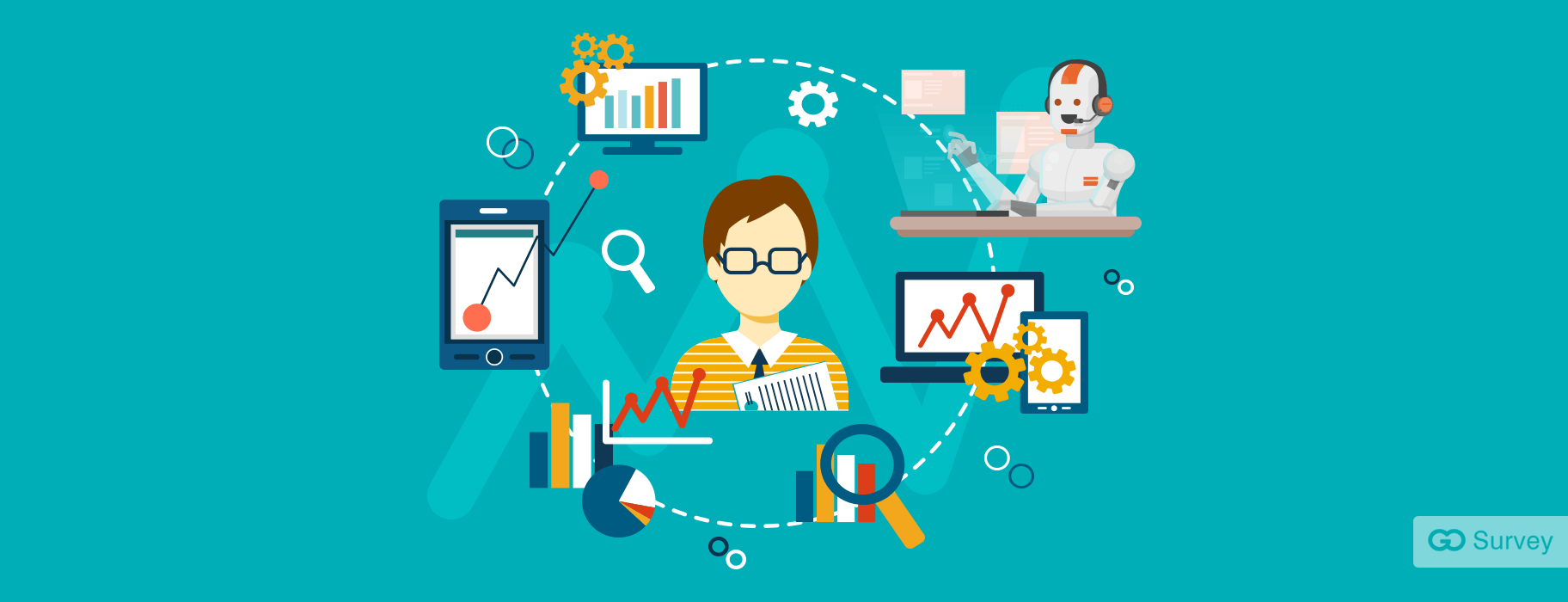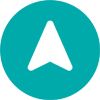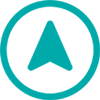"The concept of surveillance is ingrained in our beings. God was the original surveillance camera."
- Hasan M. Elahi
Did you know that every four minutes somebody was diagnosed with leprosy in India in 2017 according to IndiaSpend?
Or that infectious diseases account for 16% of deaths particularly in the low-income countries?
Or that in 2015, when Ebola outbreak in West Africa was at its peak, a survey conducted concluded that respondents were reported to be either witnessing, hearing, or falling victim to unethical tactics while responding to the outbreak?
Some interesting facts there, don't you think?
We believe that the three most important factors for the prevalence of such widespread healthcare ignorance include but are not limited to:
1. Absence of a proper surveillance infrastructure
2. Insufficient resources and funds allocated to implementing surveillance systems
3. Inaccurate and outdated early-warning surveillance systems
The Result
Vital information, which is literally a matter of life and death - is never made public. Hence, quick and timely healthcare intervention never sees the light of day. This is where epidemic surveillance comes into play.
Truth be told, the word "survey" over the years has gained a lot of negative connotation - thanks to its widespread use that's often inappropriate or misdirected. However, there is one particular domain where survey of any kind is not only effective but also necessary, the healthcare domain.
You may be surprised to know that surveys are one of the most frequently employed tools in healthcare epidemiology research.
In this article, we will look at what epidemic surveillance is, why organisations, particularly in the healthcare sector use surveys as a means to evaluate epidemic disease outbreaks and how they can do so both, offline and online and access reliable, valid outcomes.
The Basics: What is Epidemic Surveillance?
Epidemic Surveillance or Public Health Surveillance refers to the systematic and ongoing gathering, analysis, and execution of health-related practices and underlying values that govern the health of a population. Unbeknownst to all, numerous surveys have taken place over the years to provide information that have been crucial and beneficial.
Let's take a look at some examples:
1. The Solomon Islands Study
A surveillance system was introduced in 2011 which collected data in real-time and acted as a safety blanket for public health security as per the studies conducted. In addition to these measures, productive data collection tools were employed. For example, the use of an electronic form designed by GoSurvey was administered to respondents. The outcome was well-conceived and to-the-point questions aided in extracting useful results. It was found that wide-spread diseases like Diarrhea and Influenza were easily detected and necessary actions were taken for further prevention.
2. Increased focus on adopting epidemic surveillance systems
According to ncbi, China began to expand its surveillance and response capacity through its Field Epidemiology Training Program (FETP) in 2005; Brazil and Argentina utilised World Bank loans to develop surveillance capacity; and the U.S. Agency for International Development (USAID) started focusing on the use of data to improve public health interventions. The key learning from these is that increasingly, countries are implementing ways to effectively engage in epidemic outbreak surveillance best practices so that they can raise the quality of life and standard of healthcare benchmark.
Surveys: All-Powerful Tools for Result-Oriented Analysis
Online surveys are the most frequent type of survey. However, phone interviews and face-to-face interviews are also frequently conducted.
Typically, online surveys are electronic and self-administered; while being exploratory, explanatory, and descriptive in nature. Certain factors such as, length, choice of questions, ease of comprehensibility, validity, among other things are especially kept in mind to ensure that every survey gives productive results.
When it comes to conducting surveys, you would not want internet to be a spoilsport, this is where offline surveys useful. GoSurvey's offline survey app comes with multi-faceted benefits listed below.
- Stores the data securely in the app till you get access to the internet
- Collects information in real-time
- Provides access to analytical reports and trends depending on data captured
- Comes equipped with customised templates that aid in the formation of surveys/mobile forms within seconds
- Helps conduct personal interviews and gather instant feedback
Why GoSurvey for Epidemic Surveillance?
Customisable Surveys with Local Language Support
GoSurvey app provides "personalised" surveys that can directly measure the factors affecting the health of a population, and hence can also act as a means to understand what kind of interventions need to take place in order to counteract the issues plaguing the population. This can also empower the decision-makers to engage in timely disease prevention and control practices - a win-win for all.
That's not all! GoSurvey's app can configure surveys in the local language for more authentic and relevant results.
Cost-Effective, Quick Responses, & Easy to Implement & Undertake
Online and offline surveys on the app have been designed to ensure speedy implementation. Additionally, compared to other research modes, they're more cost-friendly and can be deployed frequently making it an ideal choice.
In addition, the GoSurvey app prompts the respondent to capture photos and videos on camera equipped devices allowing for a more holistic approach towards data collection.
Key Takeaways
Insights
GoSurvey app acts as an important tool to gain insights into the respondent's opinions, motivations, and beliefs related to healthcare practices - a prerequisite for engaging in epidemic surveillance.
Quality
It provides access to qualitative and quantitative data by way of real-time analytical reports that assess emerging trends.
Convenience
It captures data both online and offline, across diverse platforms like iPads and tablets. Additionally, a logical approach towards question flow allows the respondents to undertake the survey with greater ease.
Greater coverage
The offline mode enables respondents in rural areas to contribute as well - after all, when it comes to the overall well-being, each voice counts.
Authenticity
It allows for honest, relevant responses while offering greater convenience and flexibility in terms of the time taken and effort involved.




